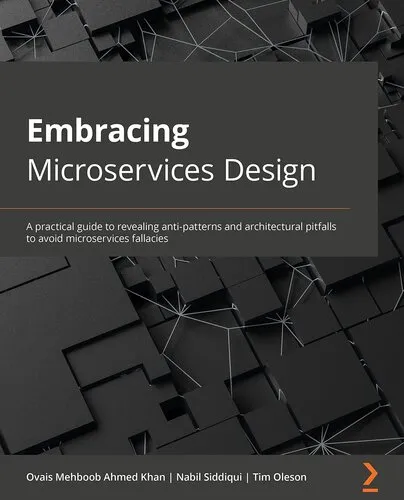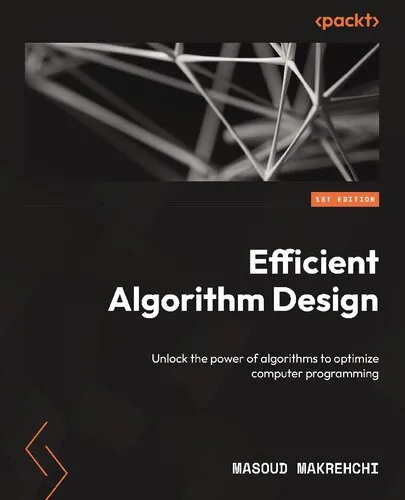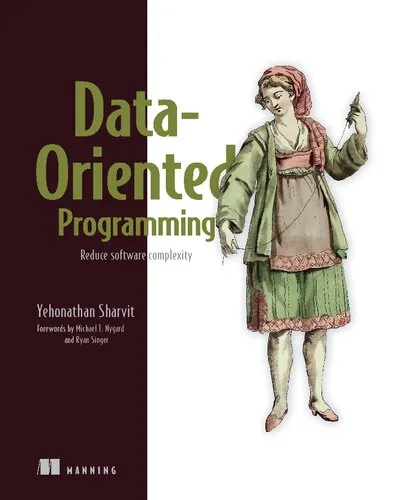Practical Object-Oriented Design with UML
4.0
Reviews from our users

You Can Ask your questions from this book's AI after Login
Each download or ask from book AI costs 2 points. To earn more free points, please visit the Points Guide Page and complete some valuable actions.Related Refrences:
Welcome to the detailed introduction of Practical Object-Oriented Design with UML, a book meticulously crafted to bridge the gap between theory and real-world application in software development. This guide combines the best of object-oriented principles and the versatility of UML (Unified Modeling Language), providing a comprehensive resource for beginners and seasoned professionals alike.
Detailed Summary of the Book
"Practical Object-Oriented Design with UML" serves as a roadmap for understanding and implementing object-oriented design in modern software engineering. The book dives into the foundations of object-oriented principles—encapsulation, inheritance, polymorphism—while aligning these concepts with UML for practical application in system modeling. Mark Priestley adopts a hands-on approach, showing readers not just how to use UML but why each component matters in creating robust, maintainable, and efficient software.
The book begins with a solid introduction to object-oriented concepts, ensuring readers understand core principles before delving deeper into UML. It explores different UML diagrams in detail, such as class diagrams, sequence diagrams, state diagrams, and use case diagrams, emphasizing their roles in depicting system behavior and architecture. Through real-world examples, Priestley demonstrates how to model complex software systems effectively while steering clear of common design pitfalls.
As the journey continues, readers learn about best practices in object-oriented design, such as balancing cohesion and coupling, adhering to design patterns, and ensuring scalability. The book ensures readers come away with a clear understanding of how to analyze requirements, design system blueprints, and transition seamlessly to implementation. It is both a theoretical and practical guide, making it indispensable for software engineers, architects, and project managers alike.
Key Takeaways
- Master core object-oriented principles such as encapsulation, inheritance, and polymorphism.
- Gain in-depth knowledge of UML and its practical application in software design and architecture.
- Learn to create and interpret various UML diagrams, including class diagrams, sequence diagrams, and state diagrams.
- Understand how to balance cohesion and coupling for maintainable and scalable software systems.
- Get practical insights into translating requirements into effective system designs.
- Avoid common mistakes and pitfalls associated with object-oriented design.
Famous Quotes from the Book
"Good object-oriented design is not about creating perfect representations of real-world objects; it’s about modeling abstractions that solve problems."
"UML is not an end in itself; it is a tool to help us think about, communicate, and document systems."
"A balance between cohesion and coupling is what separates effective design from fragile and overly complex systems."
Why This Book Matters
The software development landscape is constantly evolving, yet foundational principles in object-oriented design remain universally relevant. "Practical Object-Oriented Design with UML" matters because it equips readers with the skills to stay agile and effective, no matter how the field advances. By offering a practical and pragmatic approach to software design, the book ensures that developers aren't just building for today's challenges but are prepared for tomorrow's complexities.
Moreover, the integration of UML adds a layer of clarity and precision to design, making it easier for teams to collaborate, communicate, and execute their visions. In an era where requirements shift rapidly and systems demand greater flexibility, the lessons from this book provide timeless strategies for success. Whether you are a developer looking to refine your craft, an instructor teaching object-oriented concepts, or a team leader overseeing system design, this book will reward your efforts with insights that endure.
Free Direct Download
You Can Download this book after Login
Accessing books through legal platforms and public libraries not only supports the rights of authors and publishers but also contributes to the sustainability of reading culture. Before downloading, please take a moment to consider these options.
Find this book on other platforms:
WorldCat helps you find books in libraries worldwide.
See ratings, reviews, and discussions on Goodreads.
Find and buy rare or used books on AbeBooks.
1365
بازدید4.0
امتیاز0
نظر98%
رضایتReviews:
4.0
Based on 0 users review
Questions & Answers
Ask questions about this book or help others by answering
No questions yet. Be the first to ask!
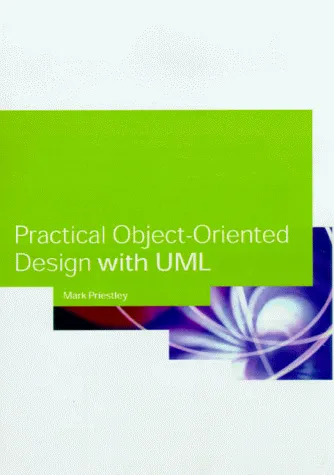
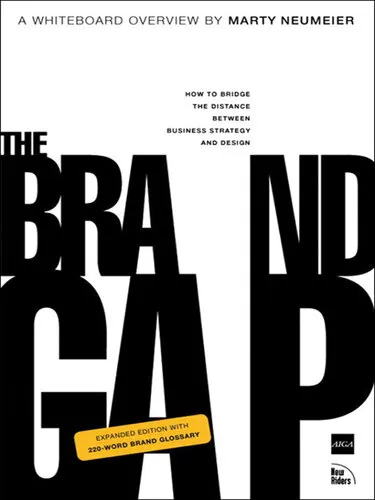
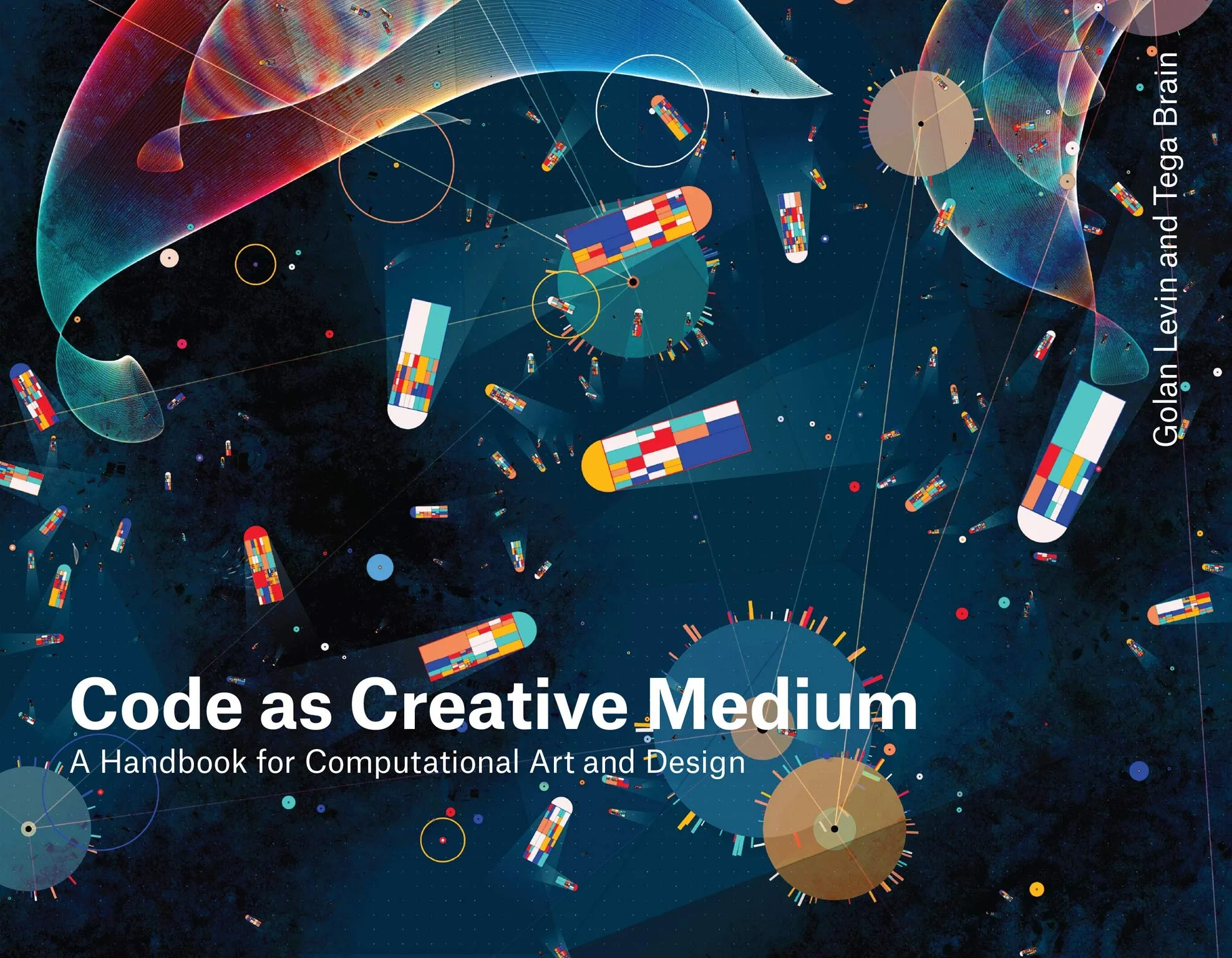
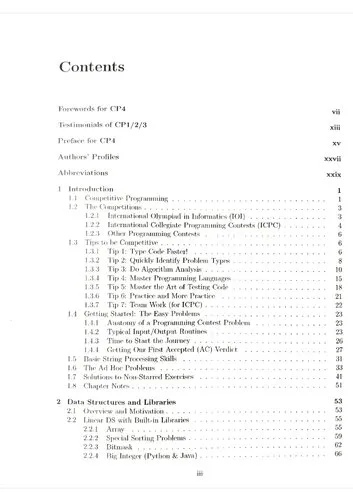
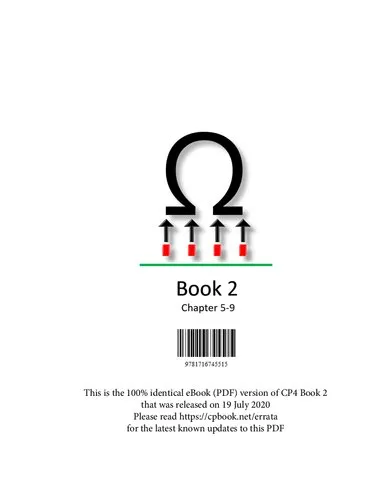

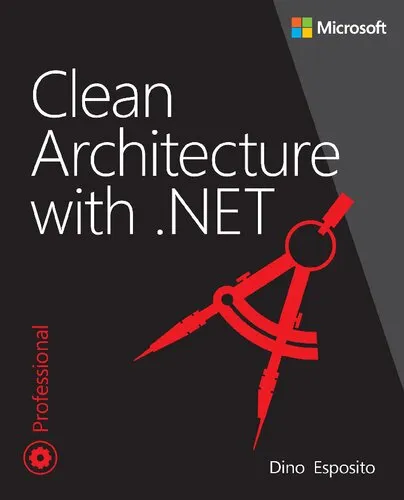

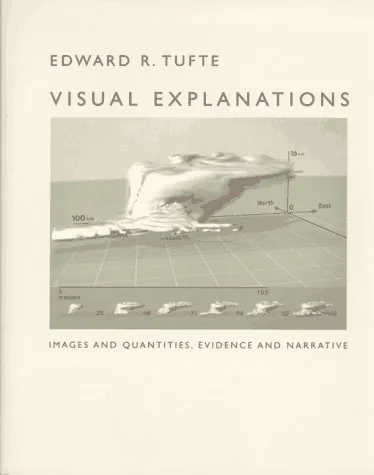
![Fundamentals Of Software Engineering, 5Th Ed [Paperback] Mall](https://s3.refhub.ir/images/thumb/Fundamentals_Of_Software_Engineering__5Th_Ed__31573.webp)
